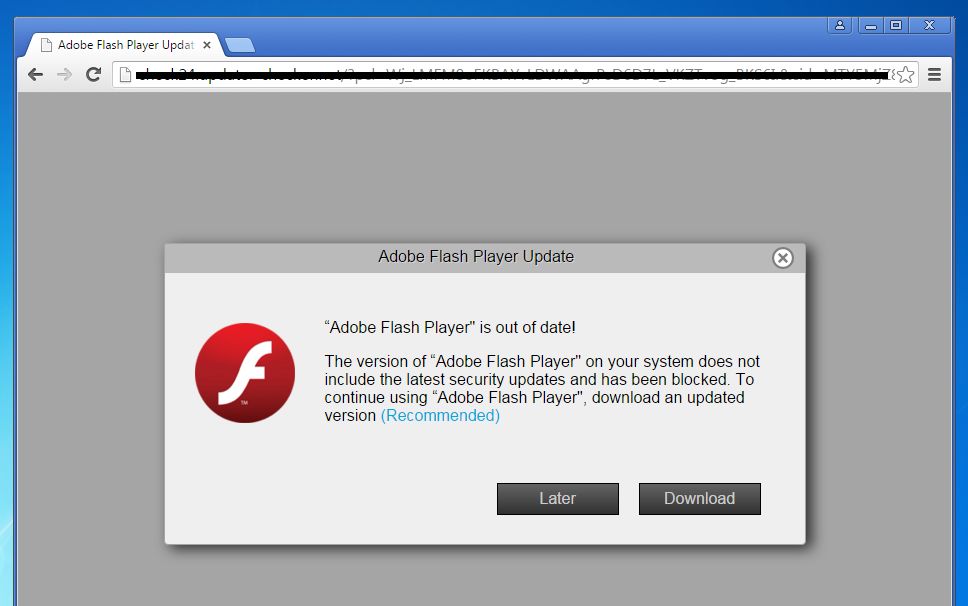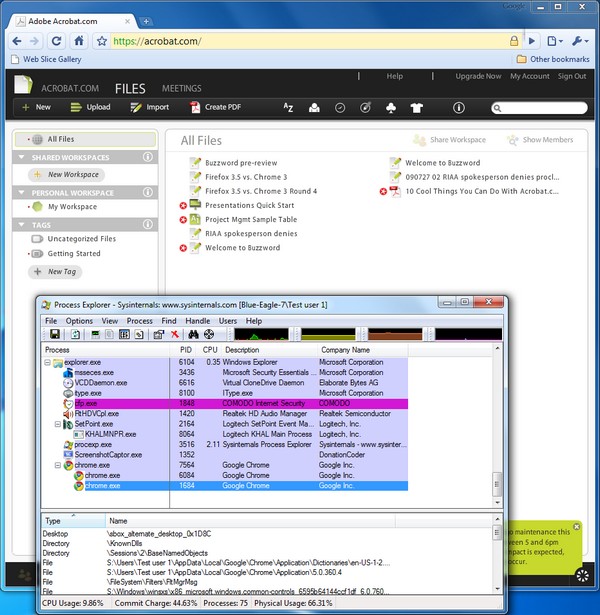
FutureSplash was later used in websites that were more successful at the time, including Disney Online and The Simpsons.

Later that year, Microsoft used FutureSplash in the menu of MSN Program Viewer, a video streaming service that was years ahead of its time and failed quickly, making Microsoft completely abandon the concept. Within hundreds of kilobytes, FutureSplash could create videos that were several minutes long. Rather, it was the ability to create surprisingly small files with the use of limited animation.įor showing an object moving on a static background, a FutureSplash file wouldn't need to include tens or hundreds of frames with the object in different places – it only needed to include instructions to move the object.

As impressive as it was, the scalable nature of FutureSplash videos wasn't the reason that they were seeing success. The FutureSplash Player plug-in released in 1996 was a strong alternative to Macromedia's Shockwave Player, which had become available the year prior and was capable of playing heavier file types that were also used in CD-ROM games. PenPoint was the first OS to run SmartSketch. In an early ironic move, Adobe declined an offer to buy FutureWave that year. In 1995, FutureWave added animation capabilities to the app and released it as FutureSplash Animator. When PenPoint flopped, the app was ported to Mac and Windows. In small tablets, it was important to be able to create images that would look the same when viewed on larger and higher-resolution screens. SmartSketch created files based on vector graphics, similar to the modern SVG image format.

In 1993, a company called FutureWave was founded by Charlie Jackson, Jonathan Gay and Michelle Welsh, releasing the SmartSketch drawing app for the PenPoint OS, which was one of the first operating systems for graphical tablets. This is the story of how a big part of the early web culture was formed. In that kind of context, interactive videos that loaded quickly and fully utilized the resolution of every screen looked like a miracle. In the era of dial-up modems, internet video was either of low resolution, despairingly slow to load, or both.

Video plug-ins such as Apple QuickTime and the Windows Media Player showed video content that was made of individual frames, somewhat similar to how animated GIFs work, but with the added capability of showing some of those frames while the rest were downloading, and adding compression to improve loading speed at the expense of quality.


 0 kommentar(er)
0 kommentar(er)
